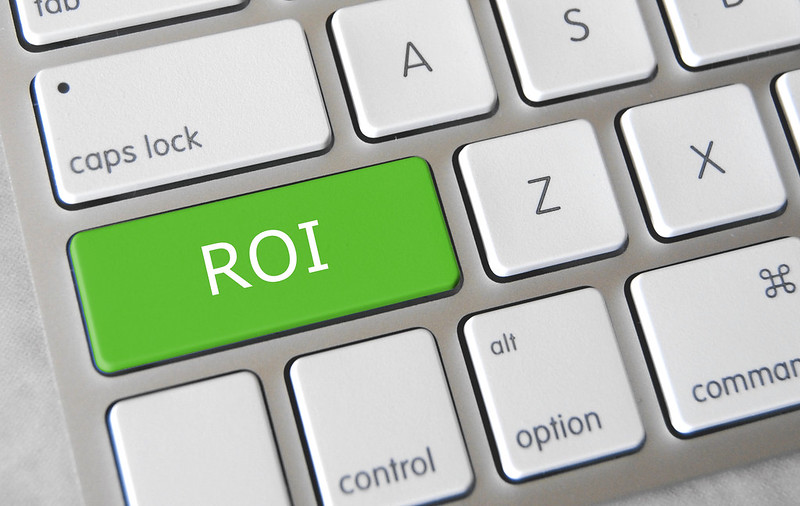- August 21, 2019
- Posted by: David Marshall
- Category: Management, Measurement

The return on investment (ROI) is a good benchmark for business decision making. Will your new piece of equipment achieve a positive ROI? Will expanding your sales territory? Will hiring a new employee?
The problem is, ROI shouldn’t be the only deciding factor in making business decisions. In some cases, it shouldn’t even be the first one.
One of the biggest challenges in leading people is when you realize that one of the leaders you put in place is not providing the leadership necessary for their people or your customers. You can’t ignore their areas of responsibility, because you still have to make sure they get done. But you now have to change out that leadership as well.
The results of not making changes can be dissatisfied customers, unhappy staff, lower morale, lower productivity, higher and constant turnover, and a whole host of other problems.
Then, the issue is not one of ROI, it’s human consideration. What is the emotional impact of leaving a bad leader in place, or even just a bad employee whose attitude brings down everyone around them?
Loyalty Before ROI
 Loyalty plays a bigger part in a company’s performance than most people realize. If they did, we wouldn’t have so many companies so eager to get rid of their best employees or put executive bonuses and shareholder returns ahead of their own staff.
Loyalty plays a bigger part in a company’s performance than most people realize. If they did, we wouldn’t have so many companies so eager to get rid of their best employees or put executive bonuses and shareholder returns ahead of their own staff.
Squeezing out a few dollars here and there may look good on paper, but the human factor is severely damaged. Loyalty goes into the toilet, and the company often follows soon thereafter. Morale drops, productivity drops, customer service drops, product quality drops, and soon, the company is circling the drain and the executives are left wondering where they went wrong.
But if you put your people first, you won’t have this sort of problem.
For example, at Robroy, we regularly hosted annual dinners and family gatherings for our staff, as well as holding high-quality sales conferences and iconic experiences for our distributors. Those did more for us in terms of human consideration, but we never measured whether productivity went up after the dinners.
(For one thing, there would have been too many variables to correctly measure it.)
But you only have to read past blog articles from some of our distributors — Brian Chase, Tommy Hodges, Kris Kumnock — to know that these events had a positive effect on our bottom line.
My objective in holding those events was to get an unfair but legal share of their mind share. If I didn’t do that, would I have gotten that legal unfair advantage of their mindshare? That’s a quandary.
You certainly can’t measure the ROI and the benefits you get from making your distributors feel appreciated, because it’s intangible and unmeasurable. But you and they can certainly articulate it.
When your employees are intellectually and emotionally engaged, then the data is only one part of what you’re doing, it’s not the whole continuum. You can’t live on data alone, you have to look at the emotional impact of the decisions you make and try to determine what effect that will have. See if you can get your employees and vendor partners to articulate what your past decisions have meant to them, and determine the results. It won’t always appear as a percentage or a bar graph, but you’ll know the good or harm that your decisions have made.
I’ve been a manufacturing executive, as well as a sales and marketing professional, for a few decades. Now I help companies turn around their own business. If you would like more information, please visit my website and connect with me on Twitter, Facebook, or LinkedIn.
Photo credit: GotCredit.com ((Flickr, Creative Commons 2.0)

